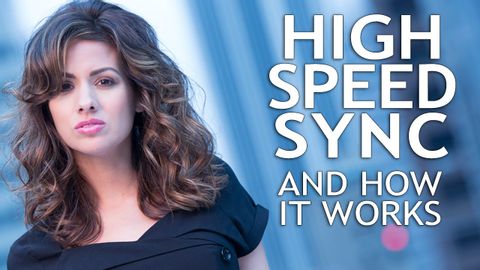
Subtitles & vocabulary
High Speed Sync and How it Works - Lighting Tutorial
00
Chen200035 posted on 2017/07/06Save
Video vocabulary
perceive
US /pɚˈsiv/
・
UK /pə'si:v/
- Transitive Verb
- To notice or become aware of something
- To think of someone or something in a certain way
B1TOEIC
More flip
US /flɪp/
・
UK /flɪp/
- Verb (Transitive/Intransitive)
- To turn your body in the air, as in gymnastics
- To move into a different position quickly
- Noun
- Act of turning your body in the air; somersault
- Movement of something from one position to another
B2
More crush
US /krʌʃ/
・
UK /krʌʃ/
- Noun
- Strong attraction to someone
- Transitive Verb
- To break something into small pieces by pressing
- To defeat someone or something (in a game)
B1TOEIC
More filter
US /ˈfɪltɚ/
・
UK /'fɪltə(r)/
- Noun (Countable/Uncountable)
- Device to remove certain types of light, sound
- Device to remove unwanted things from liquid, gas
- Transitive Verb
- To remove certain types of light, sound
- To remove unwanted substances from a liquid or gas
B1
More Use Energy
Unlock All Vocabulary
Unlock pronunciation, explanations, and filters
